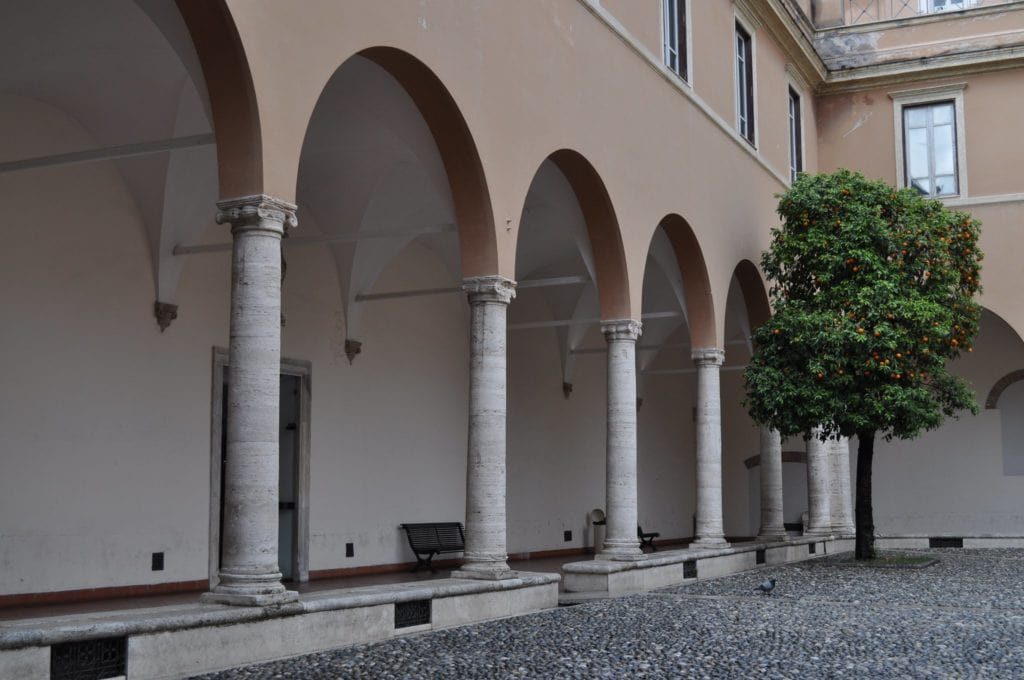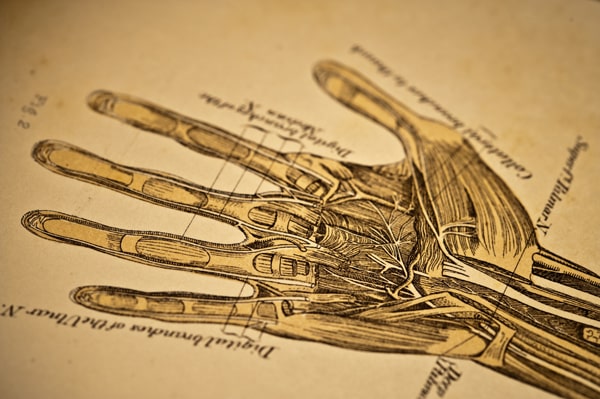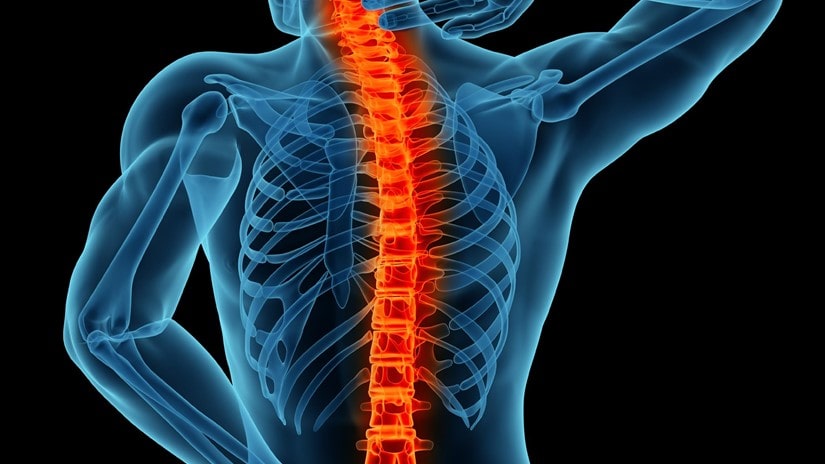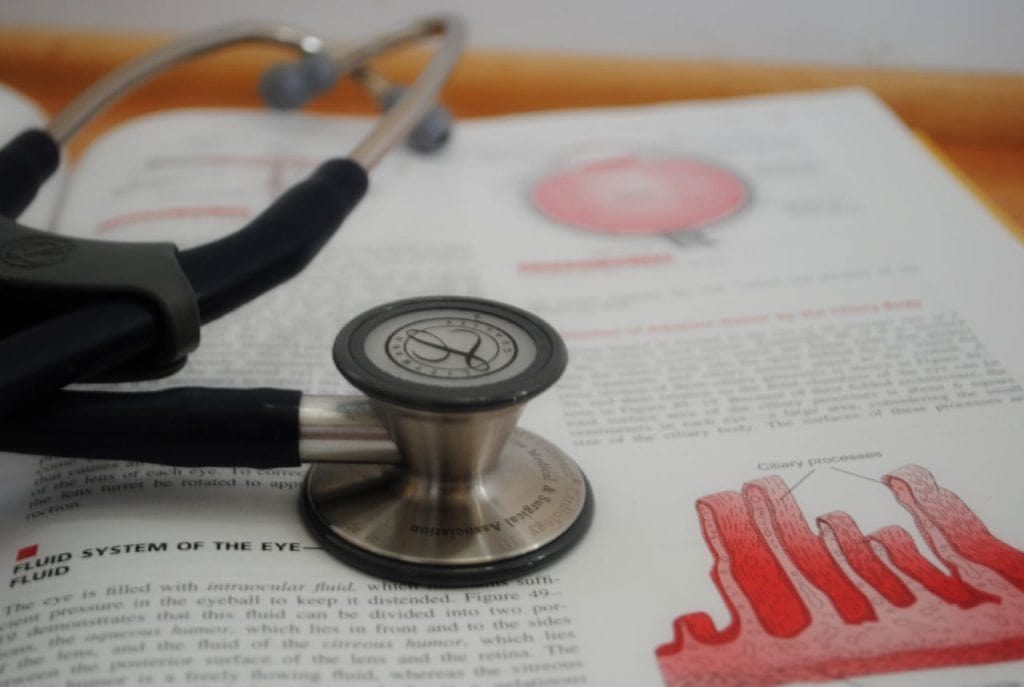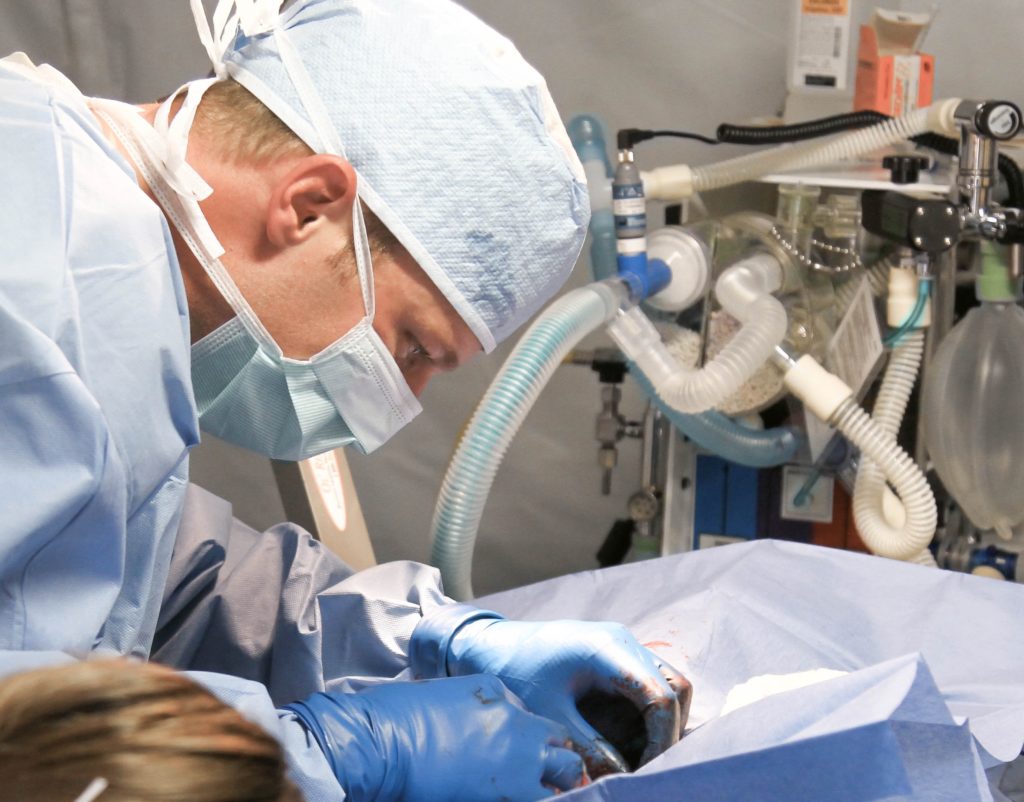Medicine and Surgery Course Details
| Teaching Language | English |
| Non-EU Seats | 10 |
| EU Seats | 38 |
| 2022 IMAT Score (Non-EU) | 48.2 |
| 2022 IMAT Score (EU) | 52.6 |
Facts About The University
| QS Ranking | 177 |
| Founded in | 1303 |
| Number of Students | 112,564 |
| Academic Stuff | 8,000 |
| Status | Public |
| Fees | 156€-3500€ |
La Sapienza University of Rome is located in the heart of the gracious Italian city, Rome. Since its inception in the year 1303, this University which believes quality education is the soul of every society and as a soul, it needs to be fed with breath to keep it alive, knows the importance of quality education in the society. There are 11 faculties at the educational institution, which are dispersed around the city.
These 11 academic departments at the university, include architecture, the arts and humanities, civil and industrial engineering, economics, information engineering, informatics, and statistics, law, mathematics, physics, and the natural sciences, medicine and dentistry, medicine and psychology, pharmacy and medicine, and political science, sociology, and communication science. Aerospace engineering is another field that has a school. With classes starting between September and February, Sapienza follows a semester-based academic schedule.
Although a small number of the master’s programs are offered in English at La Sapienza, the majority of its undergraduate programs are taught in Italian. Students at La Sapienza have the option to study in Rome and other countries thanks to the international joint degree programs that are accessible and provided in collaboration with other institutions. In addition to centers devoted to cyber intelligence and information security, Sapienza’s research facilities also include those for logistics and transportation. Nearly 60 libraries and a network of 20 museums, including a herbarium and a museum of ancient art, are among the university’s additional academic resources. The University now enrolls approximately 100,000 students, many of them are foreigners who are enrolled in its English-taught medical program.
With that eye opener, they have been able to build topnotch and world-class schools, of which one is the University of Rome La Sapienza Medical School. The educational institution is one of the greatest medical schools in Italy and is listed among the top 30 universities in Europe and the top 100 internationally as of 2012.
Being a medical school that comprises of several courses, the University of Rome La Sapienza has three main medical faculties. These include the faculty of Medicine & Dentistry, the Faculty of Medicine & Pharmacy and the Medicine & Psychology. All together, they form a medical fortress which is indeed a force to be reckoned with all over the world.
With over 200 years of medical experience in academics, this medical school indeed has all it takes to groom professionals that will introduce change to the health sector. Moreover, the La Sapienza University of Rome has the reputation of always graduating excellent medical students.
Right here, we will be taking a look at the unique features that make the La Sapienza University of Rome special and why it is highly ranked and well respected.
The University Of Rome La Sapienza Medical School
Just as every other medical school, Studying Medicine and Surgery requires a strong and convincing commitment to achieve the necessary tools and awareness for commitment, conscience, love for others, a precise, timely and deliberate realization of a strong interest: patient care. But at these present times, studying medicine at the University of Rome La Sapienza medical school has more to do than examining diseases. The program here has more to do with knowing, acting in the right socio-cultural and environmental context, with systemic cognition on the human being with the integrity and complexity at the psycho-somatic level.
As a medical student at the University of Rome La Sapienza medical school, classes are compulsory for each and every student are obliged to be always punctual unless there is a major reason to be absent. In addition to that, There is a great ethical attention to the precision and transverse skills required for the exercise of the basic knowledge of mathematics, chemistry, physics or biology. Which means it is mandatory for every medical student to pass these courses at their first year of being a student at the University of Rome La Sapienza before proceeding to subsequent years.
At the University of Rome La Sapienza, their medical curriculum was designed in such a way that more attention is given to the experiences and professional practice in the ward. Right from the early years, students are familiar with laboratory tools and begin to participate in hospital services of Policlinico and other Hospitals of the educational network. In the second semester of the second year, clinical training begins. The “Policlinico Umberto,” which is situated on the campus near to the lecture rooms, is where rotations are almost fully conducted. Only a small number of practicals are held in the “Santa Andrea” hospital, which is located further from the center. Their students have access to a Skills Lab where they may put various techniques to the test, including catheter insertion, for instance. With this in place, the University of Rome La Sapienza medical students already have years of clinical experience before leaving medical school.
Since Sapienza has substantially smaller class sizes, it is much easier to build good relations with the professors. With a limit of 45 people each class, each student has the option to ask for more clinical time, shadowing opportunities and even individual office hours with professors to discuss specific subject-related issues. In general, students work extremely well together and across academic levels, with seniors donating resources to younger students. The teachers of the Medical School are of course of the highest quality given their extensive worldwide experience.
In addition to the regular clinical routines, students should have the necessary theoretical and practical preparation in accordance with Directive 75/363 / EEC for professional, decision-making and operational autonomy. At this prestigious university, Graduates in Medicine and Surgery are prepared with a holistic approach to the problems of health or sick people in relation to the biological and social environment surrounding them to confront the complex problems of modern health. They also practice varieties of clinical, health, research and bio-medicals to help keep up with the need for better health care.
First-year students at La Sapienza University of Rome can take free Italian language classes. A special supplementary for medical students is an Italian course that focuses on the specific words used in the practice of medicine. It’s the only university that provides such a course, and it’s a huge benefit since there are some terms in a clinical language that you can’t acquire from the daily language you’d use.
The University of Rome La Sapienza makes use of an “F” Degree Course in Medicine and Surgery. The primary objective of this special type, of course, is to help educate physicians collectively in areas like scientific and vocational approach to diseases and also understanding of the theoretical aspect of medicine and surgery. Following graduation from La Sapienza University of Rome, you are free to pursue further education, begin working, or request for residence in any country in the globe. The World Health Organization acknowledges the university and it is recognized in the World Directory of Medical Schools. Additionally, the university is acknowledged by the UK General Medical Council.
Admission Requirements at the University of Rome La Sapienza
Being a medical school, admissions here is highly inspected and only the best students are offered admission on a yearly basis. The first requirement you must have is a high-school diploma certification as well as English proficiency certificate. Secondly, you must an IMAT exam which is considered as the entrance exam of this university.
Fees at the University of Rome La Sapienza
Unlike other medical universities, the University of Rome La Sapienza believes that quality education is meant for all and not for only the elite. Therefore, students are charged according to their wealth. For a student who comes from a family with lower incomes, they are given discounts on fees and some can pay as low as 350 euros. However, getting such a discount requires a tremendous amount of paper works (ISEE score). You will automatically receive a fee reduction if you achieve a high enough exam score and rank among the top 5 students in your class. This is a fantastic technique to encourage students to study more effectively.
Articles About Medical Schools
6 Reasons to Study Medicine in Italy
3 Practical Ways to Finance Yourself as a Medical Student in Italy
Italy is a beautiful country with lots of amazing opportunities to help finance yourself through your medical degree. Despite being one […]
How to Open a Free Bank Account as a Student in Italy
Opening a bank account in Italy is an essential step for medical students. Upon arrival, medical students may need […]


